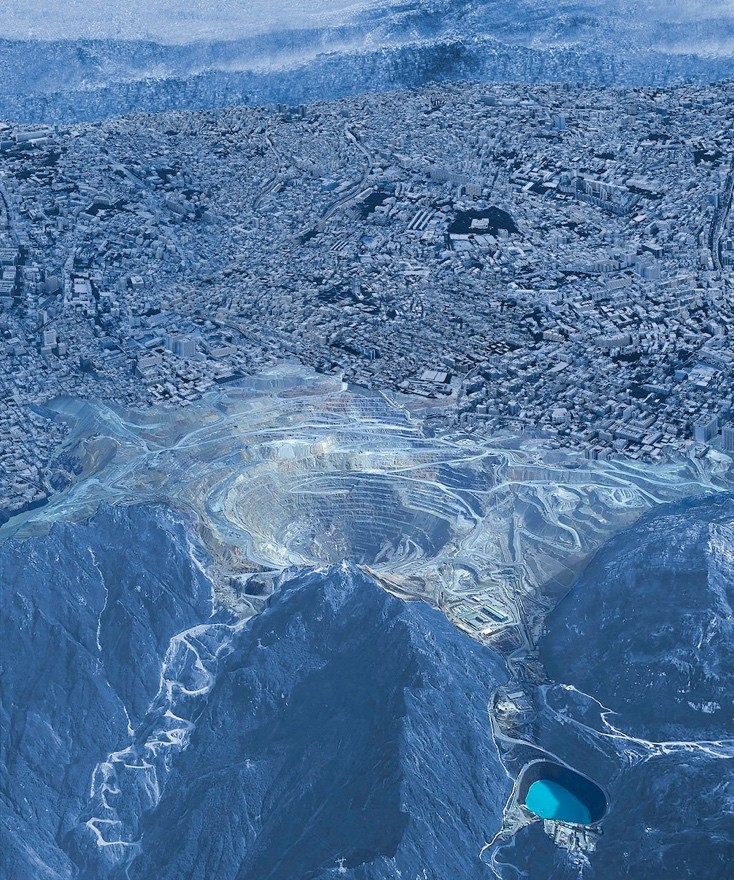1275 Minnesota St /
Anglim / Trimble Gallery
*Opening Reception: Saturday, November 5, 4-7pm
Dean Byington’s current subject matter reflects the Anthropocene, the current geological epoch defined by the age in which human activities have a significant and detrimental impact on the planet’s ecosystems. Most contemporary geologists mark the start of the Anthropocene on a striking indicator: the widely scattered radioactive dust from nuclear bomb tests in the early 1950s. This coincides with Byington’s early childhood in which his parents worked in Los Alamos on the Manhattan Project developing the atomic bomb. In fact, his father’s primary work was devising and monitoring the atomic tests in the Nevada desert. In a very real sense, his own beginning coincides with the beginning of the current Anthropocene age.
Although impacts upon the planet have many facets and sources, the unifying theme that Byington chooses to address is humanity’s direct collision with the fundamental order of nature. Most of the recent work relates strongly to these impacts. The visual record of what is occurring is often elusive. Systems are changing, switching modes in secret and often deeply hidden until they reveal themselves as ominous threats. The oceans and landscape can no longer be imagined as pristine realms, but rather as organisms absorbing and adapting (as much as possible) to all of the current transformations.
Many of the paintings on view were inspired by images of the Bingham Canyon Mine, Utah (located in the Oquirrh Mountains) and the Grasberg Mine located in Papua, Indonesia. Both mines are considered to be the largest man-made excavations in the world and so vast that they can be clearly seen from outer space. Byington examines the consequences of such colossal interventions in the earth by creating densely configured scenes that reference real and imagined places through appropriated and invented imagery.
